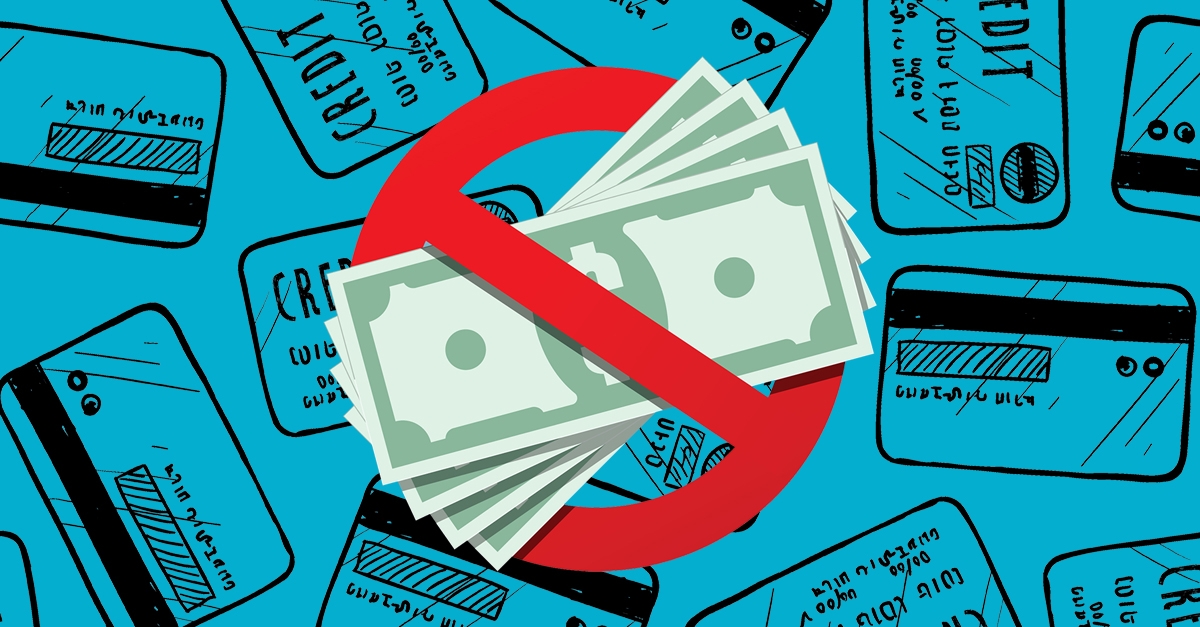Recently I debated the motion “This House Would Prohibit Businesses From Going Cashless” in Speech and Debate class and why would I let all that work go to waste when I can just convert it into an article, so without further ado here are both sides of the case in an attempt to try and educate on a seemingly mundane matter.
First my proposition (“for”) argument:
The act of going cashless would exclude certain demographics. Going cashless can exclude people who don’t have access to banking services or prefer to use cash for various reasons. This includes low-income individuals, the elderly, and those without access to technology, leading to financial exclusion. A recent study by the British research platform Merchant Machine revealed that Morocco, Vietnam, Egypt, Philippines and Mexico top the list of the most unbanked countries in the world with more than 60% of their population unbanked. A global comparison by Global Finance (2021) saw that in the Middle East and Africa 50% of the population is financially excluded, with South and Central America nearing 38%, Eastern Europe at 33% and Asia Pacific at 24%. While these are significantly large portions of the population that are financially excluded, the world’s most developed regions are still not perfect role models – the proportion of financially excluded reaches about 21% in North America.
My next point is the question of privacy concerns. Cashless transactions often involve digital records, raising privacy concerns about personal financial data being collected, stored, and potentially exploited by businesses or third parties without the individual’s consent. A team of research analyzers found that records including Bank details, Social Security numbers, credentials/passwords, and tax identification numbers were affected. Records affected by financial data breaches increased from 24.9 million in 2021 to 29.3 million in 2022. 2023 set at least double these figures at a whopping 43.6 million records impacted in financial data breaches.
Next lets move on to my opposition (“against”) argument:
Lets talk about the convenience of non cash transactions. Cashless transactions are often more efficient for both businesses and customers. They reduce the time spent on handling cash, counting change, and dealing with the risks associated with cash management, such as theft or counterfeit bills. This ultimately leads to smoother transactions and faster service. Today, roughly four-in-ten Americans (41%) say none of their purchases in a typical week are paid for using cash, up from 29% in 2018 and 24% in 2015. The portion of Americans who say that all or almost all of their purchases are paid for using cash in a typical week has steadily decreased, from 24% in 2015 to 18% in 2018 to 14% today. Still, roughly six-in-ten Americans (59%) say that in a typical week, at least some of their purchases are paid for using cash.
Next as we always must do, let’s look to the future. Embracing cashless options encourages innovation in payment systems and technology. It drives the development of new, more secure, and convenient payment methods, such as mobile payments or contactless cards. This innovation benefits businesses by offering them more options to cater to consumer preferences and stay competitive in the market. Businesses are able to access the global market rather than relying solely on their local market, which can offer a great boost to revenue thanks to an increased pool of customers. What’s more, it’s much easier to collaborate with international businesses. There has been a 42% increase in global cashless payments, Additionally 96% agreed that the shift towards e-commerce would continue to increase, already showing a general acceptance at that new change.



















